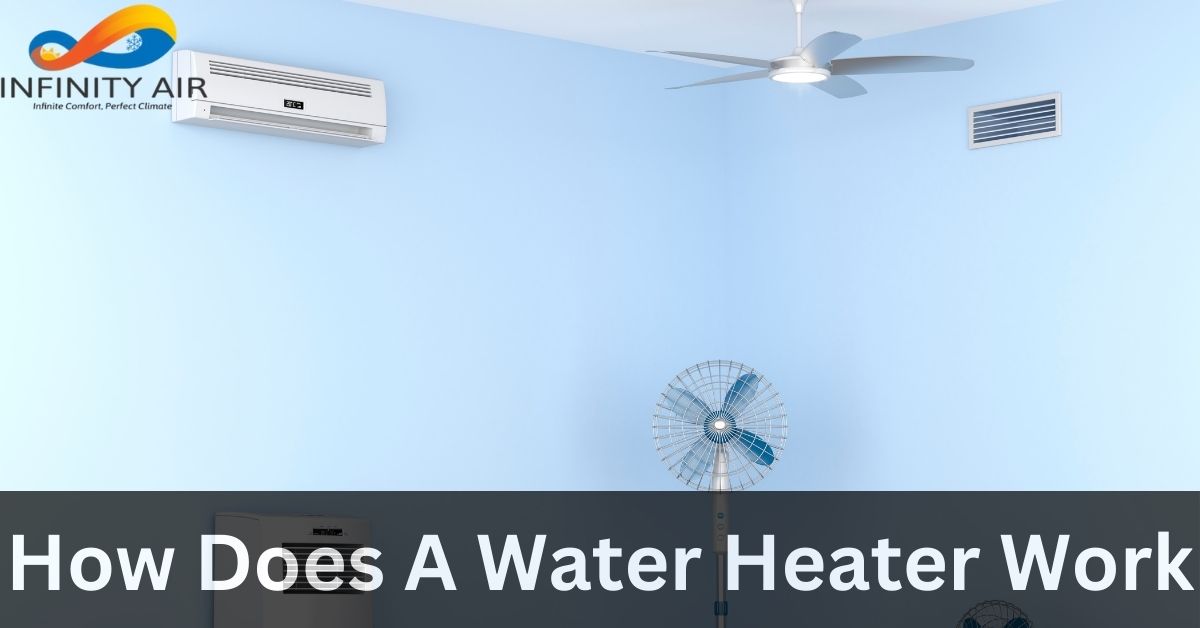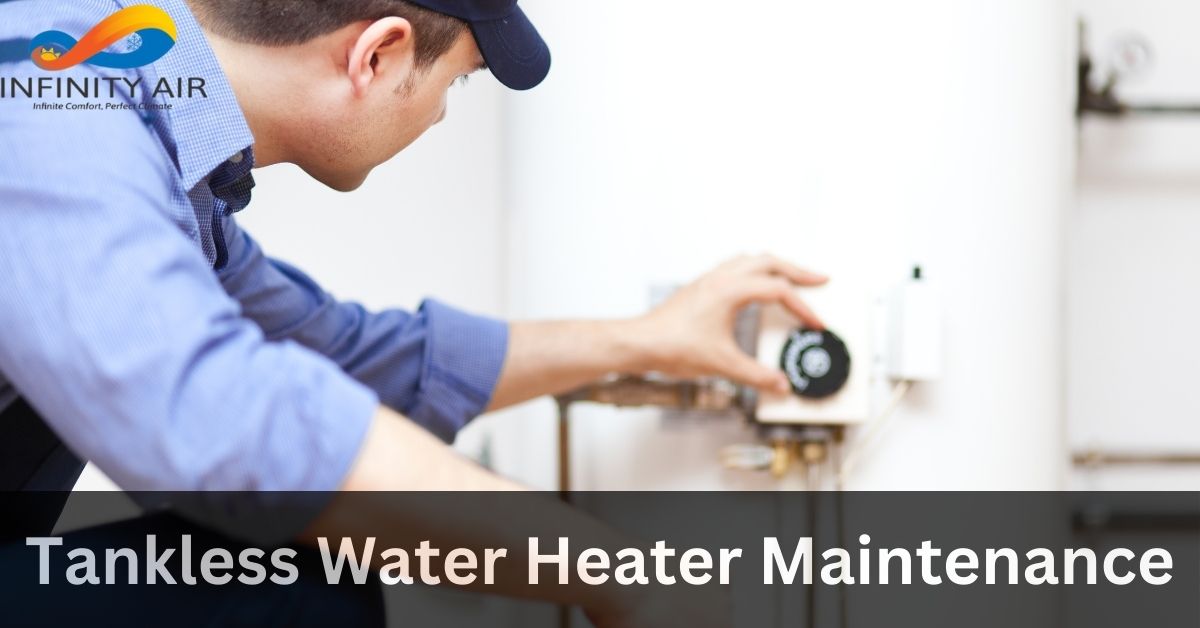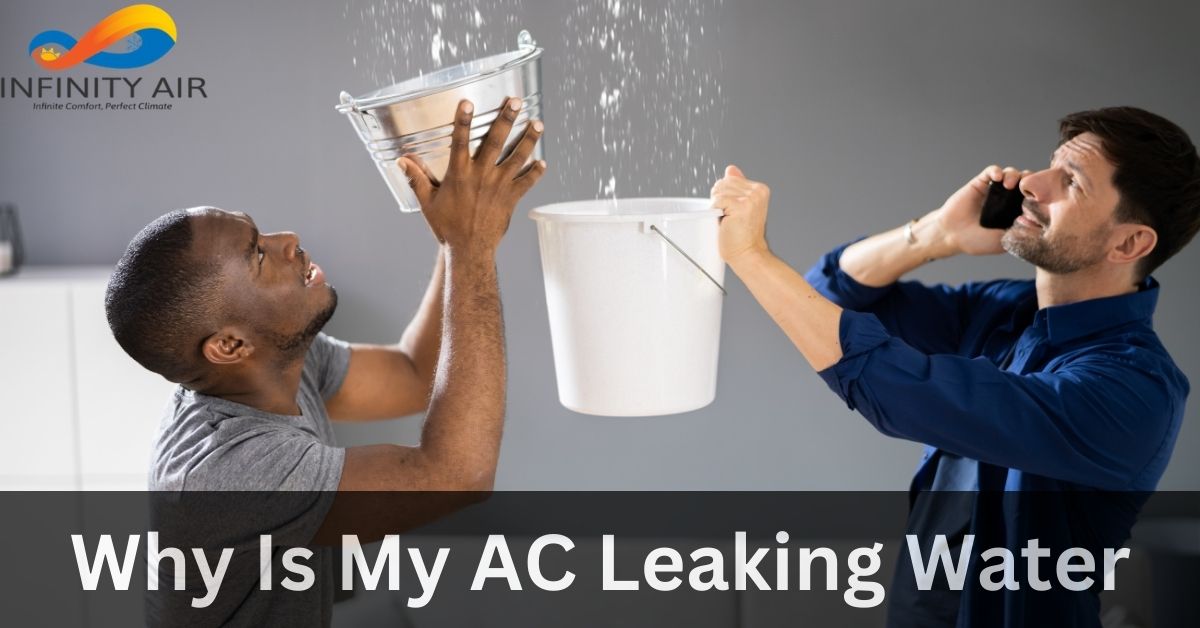Choosing the right heating system for your home can be daunting, especially when considering efficiency, cost, and suitability for your climate. Heat pumps and gas furnaces are two of the most popular options. While both provide warmth, their mechanisms, benefits, and drawbacks differ significantly. This guide will break down the key differences to help you make an informed decision.
Heating systems play a critical role in maintaining indoor comfort, especially during the colder months. Whether you’re upgrading your current system or choosing one for a new home, understanding the technicalities and practicalities of heat pumps and furnaces is essential. This blog delves into their features, pros and cons, and the factors to consider before making a choice.
What is a Heat Pump?
A heat pump is a versatile heating and cooling system that transfers heat rather than generating it. In winter, it extracts heat from the outside air or ground and moves it indoors. During summer, it reverses the process to cool your home. Heat pumps come in three main types:
- Air-Source Heat Pumps: Use outside air as the heat source. They are the most common and work efficiently in moderate climates.
- Ground-Source (Geothermal) Heat Pumps: Utilize the stable temperature of the ground. These are more expensive to install but provide exceptional efficiency and long-term savings.
- Water-Source Heat Pumps: Draw heat from a water source. These are less common and typically used in specific settings, such as near lakes or ponds.
Key features of heat pumps include their dual functionality (heating and cooling), energy efficiency, and adaptability to different climates. They’re an excellent choice for eco-conscious homeowners aiming to reduce their carbon footprint.
What is a Furnace?
A furnace is a traditional heating system that generates heat through combustion or electricity. Gas furnaces are the most common and use natural gas to produce warmth. Furnaces distribute heat throughout the house via ductwork. They are known for their ability to generate high temperatures quickly, making them ideal for colder climates.
Furnaces fall into three categories:
- Gas Furnaces: Use natural gas or propane. They are efficient and cost-effective for homes with gas connections.
- Oil Furnaces: Burn oil to generate heat. These are less common today but still used in areas where natural gas is unavailable.
- Electric Furnaces: Use electricity to produce heat. While they are less efficient and have higher operating costs, they are compact and easy to install.
Furnaces have been a staple in residential heating for decades, offering reliability and simplicity.
Heat Pump vs. Furnace
Here, we’ll compare heat pumps and furnaces based on several factors:
a) Working
- Heat Pump: Transfers heat between indoors and outdoors using refrigerant cycles. It is a dual-purpose system providing both heating and cooling.
- Furnace: Burns fuel or uses electricity to generate heat, which is distributed via ducts.
| Aspect | Heat Pump | Furnace |
| Heating Method | Transfers heat | Generates heat |
| Cooling | Yes | No |
| Fuel Source | Electricity | Gas, oil, or electricity |
Heat pumps work by transferring heat from one place to another, making them inherently more efficient in moderate climates. Furnaces, on the other hand, generate heat through combustion or electrical resistance, which can be advantageous in very cold climates.
b) Cost
- Initial Costs: Heat pumps are generally more expensive upfront, with prices ranging from $4,000 to $8,000, including installation. Gas furnaces cost between $3,000 and $5,500.
- Operating Costs: Heat pumps are more energy-efficient, resulting in lower monthly bills, especially in mild climates. Furnaces may have higher operating costs depending on fuel prices.
Over a system’s lifespan, operating costs for heat pumps are typically lower due to their energy efficiency. However, the initial investment can be a deciding factor for many homeowners.
| Cost Category | Heat Pump | Furnace |
| Installation | Higher | Moderate |
| Operating Cost | Lower in mild climates | Higher, depends on fuel prices |
c) Energy Efficiency
- Heat Pump: Can achieve efficiencies of 300-400% because it transfers heat rather than generating it.
- Furnace: Gas furnaces typically have an AFUE (Annual Fuel Utilization Efficiency) rating of 78-98%.
Heat pumps shine in terms of energy efficiency, particularly in moderate climates. Furnaces, while less efficient overall, can provide reliable heating during extreme cold snaps where heat pumps may struggle.
| Metric | Heat Pump | Gas Furnace |
| Efficiency (%) | Up to 400% | 78-98% |
| Best for Climate | Mild to moderate winters | Cold winters |
d) Maintenance
- Heat Pump: Requires regular cleaning of coils and inspection of refrigerant levels. Maintenance costs average $150-$300 annually.
- Furnace: Needs annual servicing, including cleaning burners and checking the heat exchanger. Maintenance costs range from $100-$200 per year.
Heat pumps may require slightly more frequent maintenance due to their year-round operation. Furnaces, being single-purpose systems, tend to be simpler to maintain.
e) Lifespan
- Heat Pump: Typically lasts 10-15 years due to year-round use.
- Furnace: Can last 15-20 years or more with proper maintenance.
Furnaces often have a longer lifespan, but this is offset by the higher energy efficiency of heat pumps. Homeowners should consider replacement costs and long-term savings when making their decision.
f) Space
- Heat Pump: Compact units that can be installed indoors or outdoors.
- Furnace: Requires dedicated indoor space and ductwork.
If space is a constraint, heat pumps may be a better choice due to their compact design and versatility in installation locations.
g) Tax Incentives
- Heat Pump: Qualifies for federal and state tax incentives due to energy efficiency. Incentives can offset initial costs significantly.
- Furnace: High-efficiency models may qualify for limited rebates, but not as frequently as heat pumps.
Oil Furnace vs. Heat Pump
- Efficiency: Heat pumps are more efficient, with COP (Coefficient of Performance) values up to 4. Oil furnaces typically have AFUE ratings of 70-90%.
- Environmental Impact: Heat pumps are eco-friendlier, using electricity and renewable sources.
- Cost: Oil furnaces are costlier to operate due to fluctuating oil prices.
Oil furnaces are gradually being phased out in many areas due to environmental concerns, while heat pumps continue to grow in popularity due to their efficiency and adaptability.
Electric Furnace vs. Heat Pump
- Efficiency: Heat pumps are far more efficient than electric furnaces, which convert electricity directly into heat.
- Operating Cost: Heat pumps are cheaper to run due to lower electricity consumption.
- Suitability: Electric furnaces are better for small spaces or as backup systems.
Electric furnaces may be a viable option in specific scenarios, but they are generally outclassed by heat pumps in terms of cost and efficiency.
Heat Pump vs. Furnace – Which is Better for You?
The choice depends on your climate, budget, and energy goals:
- Mild Climates: Heat pumps are more efficient and cost-effective.
- Cold Climates: Gas furnaces provide reliable heating.
- Eco-Friendly Goals: Heat pumps are the greener choice.
Consulting with an HVAC professional can provide insights tailored to your specific situation. Consider factors such as local energy costs, availability of incentives, and long-term savings when making your decision.
FAQs
Can a heat pump replace a furnace?
Yes, in mild climates, heat pumps can replace furnaces entirely.
Is a gas furnace cheaper to operate than a heat pump?
In colder climates, gas furnaces can be cheaper to run.
Do heat pumps work in freezing temperatures?
Modern heat pumps with advanced technology can operate efficiently in sub-zero temperatures.
Which is better for a small home?
Heat pumps are often better for smaller homes due to their compact design and dual functionality.
How do tax credits work for heat pumps?
Federal and state incentives can cover a portion of the installation cost, making them more affordable.






